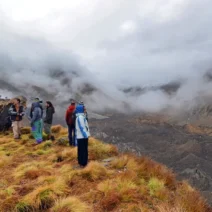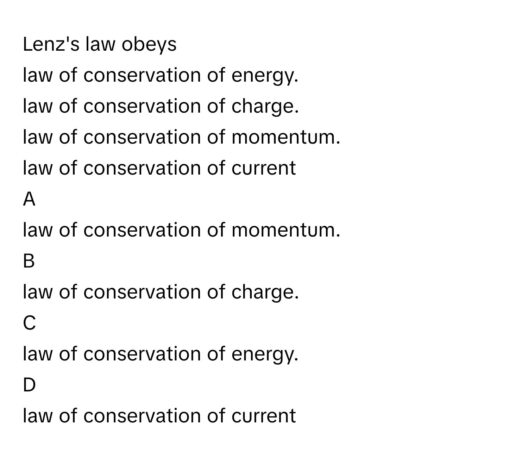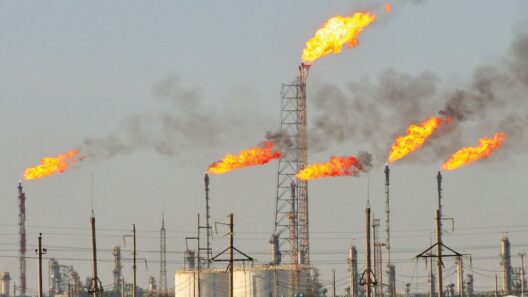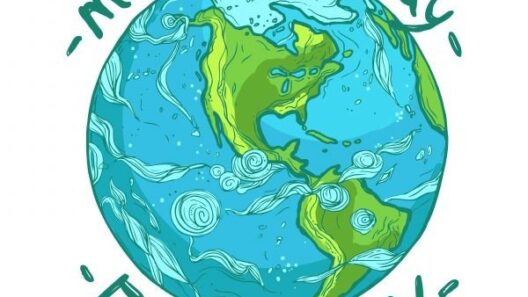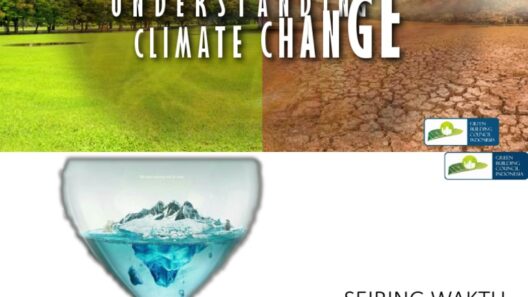The humble bee, a diminutive yet indispensable player in our ecosystem, has found itself inexorably caught in the throes of a crisis that threatens its very existence. Consequently, the ramifications of this plight extend far beyond the bees themselves, encapsulating a far-reaching impact on global food systems and biodiversity. Global warming, a quintessential aspect of climate change, is emerging as the primary catalyst driving the degradation of bee populations. This exploration delves into the intricacies of how rising temperatures, altered precipitation patterns, and widespread habitat degradation are unravelling the delicate web of interactions that sustain these vital pollinators.
To grasp the enormity of the bee crisis, it is essential to understand the fundamental role bees play in pollination. Pollination, a process critical to plant reproduction, is not merely a botanical affair; it is integral to human food production. Approximately 75% of the world’s flowering plants and about 35% of the global food crops depend on animal pollination, with bees doing the lion’s share. Fruits, vegetables, nuts—these food staples are inextricably linked to the health of bee populations. Losing bees to climate-induced stresses, therefore, portends dire consequences, casting shadows over food security and nutritional diversity.
The primary irritant in this dilemma stems from rising temperatures. Incredibly sensitive to changes in their environment, bees are at the mercy of fluctuating heat levels. For instance, certain thresholds of warmth can trigger mismatches in the timing between when flowers bloom and when bees are active. This phenomenon, termed “phenological mismatch,” disrupts the synchronization of life cycles, leading to decreased foraging opportunities for bees and ultimately compromising their reproductive success. Geographic locations that were once habitable may become inhospitable, forcing bees to relocate in search of suitable conditions, and often failing to find them.
Moreover, while bees are such adept foragers, their ecological adaptability is, unfortunately, limited. The thermal stress brought on by climate change not only affects their foraging patterns but can also reduce their overall lifespan. Elevated temperatures can lead to increased metabolic rates, leaving bees with a finite amount of energy reserves to expend, ultimately shortening their lifespan and impairing colony sustainability.
Precipitation patterns are also undergoing transformation due to climate change. Altered rainfall can result in diminished flower availability during crucial foraging periods. Furthermore, extreme weather events, such as droughts and floods, can obliterate entire habitats, decimating the flora essential for bee sustenance. The loss of diverse plant species compromises nectar and pollen sources, further exacerbating the stresses on these pollinators. In certain areas, invasive plant species, thriving in changing conditions, may replace native flora, further displacing the bees that have evolved alongside them.
The use of pesticides exacerbates the struggle against environmental stresses that bees must navigate. These chemicals, often employed to protect agricultural crops, have been shown to have detrimental effects on bee health, including impaired navigation abilities and increased mortality rates. The combined effect of pesticide exposure and climate-induced habitat degradation creates a compounded risk that bee populations find increasingly difficult to combat.
In this era of crisis, it’s paramount that we shift our perspectives regarding conservation and environmental stewardship. Recognizing the interconnectedness of ecosystems is vital. The narrative surrounding climate change has often been couched in abstract discourse, but the plight of bees serves as a tangible illustration of the consequences of our collective actions. By understanding that bees are not just peripheral entities in our ecosystem, but rather keystones within it, we can begin to foster an urgency to act.
Public awareness and scientific research on bee health and the impacts of global warming must be prioritized. The promotion of sustainable agricultural practices that minimize pesticide usage and support biodiversity is essential. Creating bee-friendly habitats—urban gardens, pollinator corridors, and organic farming initiatives—can contribute significantly to alleviating the pressures on bee populations. Education plays a critical role in this transformation. By instilling respect for these pollinators in future generations, we pave the way for long-term advocacy and change.
Perhaps the most intriguing aspect of the bee crisis is the latent potential for restoration and reclamation that exists where awareness fosters action. Community efforts can yield remarkable results, engendering environments where bees can flourish. Beekeeping initiatives, flourishing in urban locales, have become a symbol of sustainability, transforming rooftops and backyards into sanctuaries for bees. Additionally, engaging in citizen science can allow individuals to contribute valuable data on bee populations, assisting researchers in understanding the complex dynamics of these insects in changing environments.
Ultimately, addressing the bee crisis requires a multifaceted approach, spanning policy changes, community engagement, and global cooperation. Supporting legislation that prioritizes pollinator health—such as banning harmful pesticides and promoting organic farming—can facilitate a much-needed shift towards more sustainable agricultural practices. Moreover, nurturing public interest in bee conservation can mobilize communities, creating a robust network advocating for systemic change.
In conclusion, the crisis faced by bees serves as a poignant reminder of the broader consequences of climate change. As guardians of biodiversity and facilitators of human sustenance, their plight offers an opportunity for reflection and regeneration. It is a challenge that beckons our attention and commitment, urging a concerted effort to shift our practices and perceptions. By addressing the myriad threats posed by global warming, we can cultivate a future where both bees and humanity thrive in harmony, safeguarding the intricate dependencies that sustain life on Earth.

